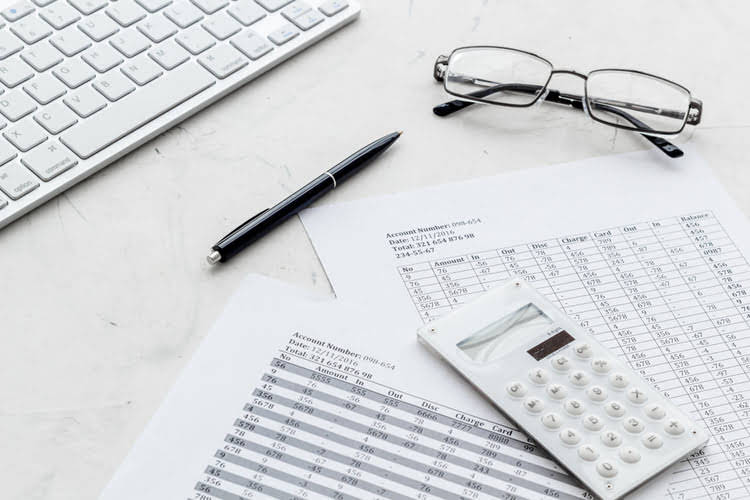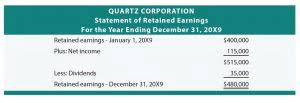
If your income decreases, you must make massive cuts to your spending. If income increases, you should start moving most of the money to fixed vs variable costs savings and investments. As your business grows, monitoring these costs ensures your profits grow proportionally.

Difference between Fixed Cost and Variable Cost
Once fixed costs have been paid for, all additional sales typically have quite high margins. This means that a high fixed-cost business can make very large profits when sales spike, but can incur equally large losses when sales decline. To work out your cost price—how much it costs you to produce a good or deliver a service—you need to include both your fixed costs and variable costs. It doesn’t matter if you sell enough to cover your variable costs, if you then have rent and insurance on top of that. A fixed cost is a business expense that doesn’t change when the amount of goods and services you produce and sell increases or decreases.
Improving Cash Flow Management: A Guide for Small Businesses
If you switch to a cheaper material for your units or find ways to complete the same tasks with fewer labor hours, you’ll also save. These are all valid ways to cut variable costs and increase your profit margins. Just because a cost is fixed doesn’t mean that it won’t change—it simply means that the cost is not tied to changes in production output. So the rent of your warehouse may increase, but this change is separate from increases or decreases in your production output or revenue. The more fixed costs a company has, the more revenue a company needs to generate to be able to break even, which means it needs to work harder to produce and sell its products.
- Fixed costs do not affect by any temporary change in the business activity.
- Fixed Costs remaining constant does not mean that they will not change in the future, but they tend to be fixed in the short run.
- A fixed cost is any business expense that remains the same, regardless of how many units your business produces, how many sales it makes, or how much revenue it generates.
- Understanding your fixed and variable costs is essential for running your business effectively and efficiently.
- Raw materials, for example, are a kind of variable cost that companies who produce a physical product will be familiar with.
What Are Fixed Costs?
These types of expenses are composed of both fixed and variable components. They are fixed up to a certain production level, after which they become variable. It’s easy to separate the two, as fixed costs occur regularly while variable ones change as a result QuickBooks of production output and the overall volume of activity that takes place. For many companies in the service sector, the traditional division of costs into fixed and variable does not work. It is, therefore, a fixed and not a variable cost for these companies.

Any small business owner will have certain fixed costs regardless of whether or not there is any business activity. Since they mostly stay the same throughout the financial year, fixed costs are easier to budget. They are also less controllable than variable expenses because they’re not related to operations or volume.

Are Fixed Costs Treated As Sunk Costs?
Creating a budget by understanding fixed and variable expenses makes managing money easier. Prioritizing essentials, setting spending limits, and tracking Bookkeeping for Painters expenses help keep finances on track. Small adjustments can make a big difference in reaching financial goals.
- Writing down all fixed expenses helps get a clear picture of required monthly costs.
- Some expenses might have aspects of both fixed and variable costs.
- Variable costs are more flexible and responsive to changes in business operations.
- But even if it produces one million mugs, its fixed cost remains the same.
- By understanding these cost categories and how they impact your financials, you can make more informed decisions about pricing, budgeting, and cost control.

Knowing the difference between the two helps businesses predict cash flow, determine pricing strategies, and manage expenses effectively. For example, a business rents a building for a fixed cost of $50,000 per month for five years. The rent will stay the same every month, regardless of the business’s profit or losses. There are many ways that a business can reduce its variable costs.
